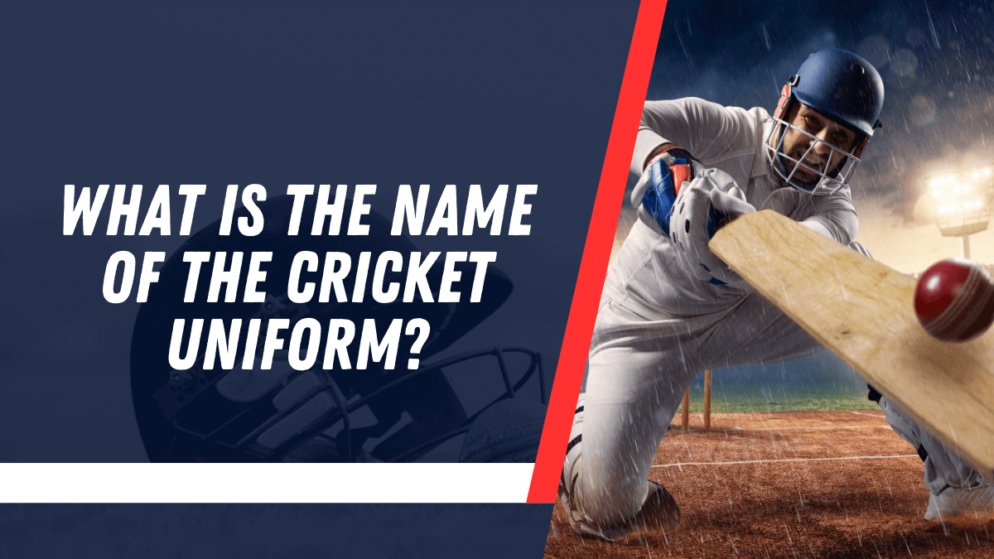

A cricket uniform comprises of t-shirt, jumper, and trousers. This outfit is collectively known as cricket whites or flannels. Flannel is a soft woven fabric. This fabric was used to stitch the all-white cricket uniform and thus the name.
Cricketers have donned an all-white uniform historically. When the sport began, its primary discipline was test cricket. This format sees a match last for five days. Each day’s play lasts for nearly eight hours. Since this outdoor sport keeps the players under the sun for prolonged hours, to counter the heat, an all-white apparel was chosen. This was also advantageous with the advent of broadcast media as players could readily be identified on the television screens on the black and white graphics.
While test cricket still remains the most challenging aspect of the sport, disciplines like One Day International matches and the T20 format gave the viewers more entertainment in less time. Kerry Packer’s visionary move to colorize the outfit of cricketers became an instant hit as colored television entered the fray. The streets referred One Day International cricket as pyjama cricket and soon, the sportspersons dressed in pyjama contested world championships in colored outfits.
Test cricket continues to be all-white whereas One Day International cricket and all other limited-over formats have colored clothing. The colored clothing is not only seen as an aesthetic component of the game but also serves an opportunity for investors to advertise their companies by sporting their logos on the cricket uniform.
Since 2000, cricket whites are only for test cricketers. The word ‘flannel’ is more appropriate to describe cricket uniforms in general.










